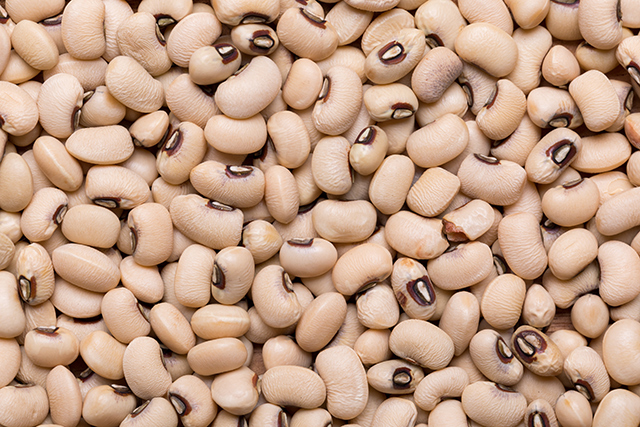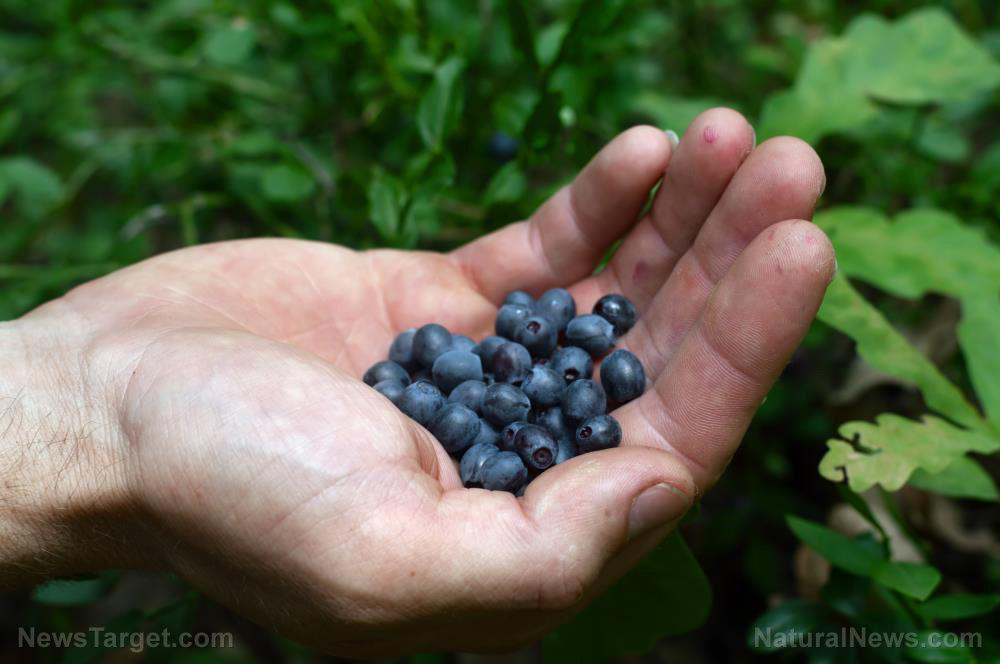
Advertisement
Preppers know that beans are a must-have for your survival stockpile because they are affordable, versatile and filling ingredients.
But did you know that certain kinds of beans have a longer shelf life compared to others? (h/t to PrimalSurvivor.net)
Beans, a survival stockpile staple
White beans, such as butter beans and navy beans, are the best for long-term storage. White beans take only 45 minutes of simmering to cook, compared to 60 minutes or longer for other kinds of beans.
The shorter cooking time of white beans is essential in emergencies where fuel conservation matters, especially if your water supply is also running low.

While white beans rank number one in the list of the best beans for long-term storage in your stockpile, all beans are good for long-term storage. In fact, when stored properly most beans can last for as long as 25 years or even longer.
Ideally, you should store different types of beans so you have a variety of foods to eat when dealing with a long-term survival scenario.
Beans are considered a good survival food because they have a very long shelf life. However, dry beans take a longer time to cook.
If you plan on stocking up on beans, especially dry beans, you should also stock up on water, along with an emergency stove and extra fuel.
Cooking time guide for beans
When choosing which beans to stockpile, you must consider other factors like cooking time.
Even pre-soaked beans take a long time to cook. This might not be a problem if you have a wood stove, but you will still need a lot of fuel if you have to cook beans during a power outage.
When cooking beans, you should also measure your ingredients so you don’t have to worry about leftovers.
When it comes to cooking time, white beans are your best choice. Red and yellow lentils are also good options since they also cook rather quickly. (Related: Prepping essentials: 11 Forever foods for your food storage pantry.)
Listed below is the simmer time (minutes) of different kinds of beans:
- Azuki beans – 45 to 55 minutes
- Anasazi beans – 60 minutes
- Black beans – 60 to 90 minutes
- Black-eyed peas – 60 minutes
- Cannellini beans – 60 minutes
- Fava beans – 40 to 50 minutes
- Garbanzo/Chickpeas – 60 to 120 minutes
- Great northern beans – 45 to 60 minutes
- Green split peas – 45 minutes
- Yellow split peas – 60 to 90 minutes
- Green peas (whole) – 60 to 120 minutes
- Kidney beans – 60 minutes
- Lentils – 45 to 60 minutes
- Lentils (Red or yellow) – 20 to 30 minutes
- Lima beans/butter beans – 45 to 60 minutes
- Mung beans – 60 minutes
- Navy beans – 45 to 60 minutes
- Pinto beans – 60 to 90 minutes
- Soybeans – 60 to 120 minutes
Fat content and nutritional profile of beans
You should also consider the fat content of beans if you want to stock up on them before SHTF. Even when stored in sealed containers with oxygen absorbers, fat will still go rancid over time, especially if you live in a state with hot temperatures.
Fortunately, most beans are very low in fat. However, some beans, like chickpeas and soybeans, have higher amounts of fat.
If you live in a hot climate, you might want to choose other beans for your survival supply.
Here are two healthy beans and legumes to stock up on before disaster strikes:
Garbanzo beans/chickpeas
Garbanzo beans, also called chickpeas, are full of dietary fiber and protein.
One cup (164 grams) of cooked chickpeas contains 269 calories, 14.5 grams of protein, 4.25 grams of fat, 12.5 grams of fiber, and 45 grams of carbohydrates.
The same serving also contains:
- Folate (vitamin B9) – 71 percent of the Daily Value (DV)
- Copper – 64 percent of the DV
- Manganese – 73 percent of the DV
- Iron – 26 percent of the DV
Research has found that beans and legumes, such as chickpeas, and hummus, a dish primarily made from chickpeas, offers many health benefits. Chickpeas can help reduce post-meal blood sugar and increase insulin sensitivity.
A small study found that eating a low-sugar snack with hummus led to a five percent decrease in afternoon blood sugar levels compared with eating granola bars which have a higher sugar content.
Eating hummus was also associated with a reduced appetite and decreased snacking on desserts later in the day.
Because chickpeas and other legumes are full of dietary fiber and beneficial plant compounds, eating them regularly may also help improve the composition of your gut bacteria.
Lentils
Lentils are rich in vegetarian protein and can be a good addition to soups and stews.
One cup (198 grams) of cooked lentils contains 230 calories, 17.9 grams of protein, 0.752 grams of fat, 39.8 grams of carbs and 15.6 grams of fiber.
The same serving also offers:
- Thiamine (vitamin B1) –30 percent of the DV
- Folate (vitamin B9) – 90 percent of the DV
- Copper – 55 percent of the DV
- Iron – 37 percent of the DV
- Zinc – 23 percent of the DV
Lentils are one of the best sources of iron. Iron is a trace mineral that your body needs to make hemoglobin, a protein in your blood that transfers oxygen.
Adding lentils to meals can help boost iron intake, which may be beneficial for vegans and vegetarians since they may be at risk of iron deficiency anemia.
Additionally, lentils can help reduce blood sugar.
In a study that involved 48 healthy adult volunteers, replacing half of the carbs from rice or potatoes with carbs from cooked lentils resulted in significant decreases in post-meal blood sugar levels.
In another study that included more than 3,000 participants, researchers reported that people with the highest intake of lentils and other legumes had the lowest rates of diabetes.
Lentil sprouts may also help heart health by reducing low-density lipoprotein (LDL or “bad”) cholesterol and increasing high-density lipoprotein (HDL or “good” cholesterol.
Are beans expensive?
If you are on a tight prepping budget, stock up on dry beans since they are often very cheap. To save money, choose the cheapest beans.
As of writing, these are the cheapest beans and lentils:
- Pinto beans
- Black beans
- Brown lentils
- Navy beans
- Red beans
- Garbanzos/chickpeas
Lastly, when choosing which beans to stockpile for emergencies, consider how you will use them.
Beans are a versatile ingredient. White beans are usually considered the most versatile and you can use them to make dips, spreads and sauces. White beans can also be used to make traditional bean recipes like casseroles.
Soybeans are another versatile bean and you can use them to make soymilk and tofu.
When gathering supplies for your stockpile, make sure you don’t waste your money by buying emergency foods you don’t like or eat in your daily life.
If you want to stock up on beans before SHTF but your family doesn’t eat them regularly, learn some delicious recipes to encourage them to like beans.
Watch the video below to know how to make beet hummus.
This video is from the Health Ranger Store channel on Brighteon.com.
More related stories:
How to stockpile foods with a long shelf life.
Food preservation 101: A step-by-step guide to air-drying fruits.
Sources include:
Advertisements







